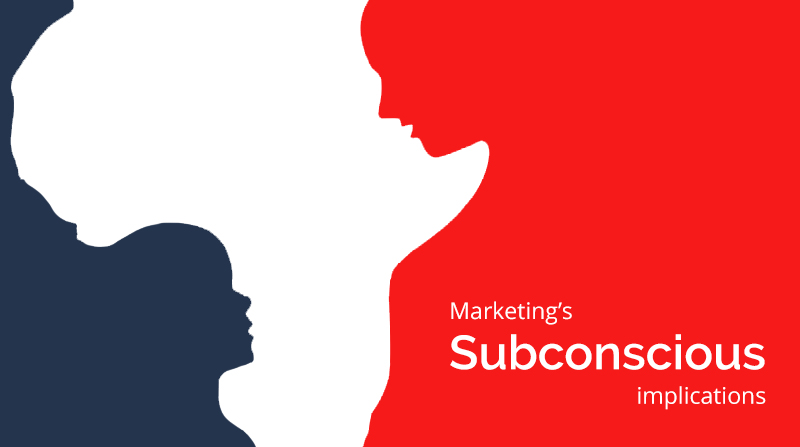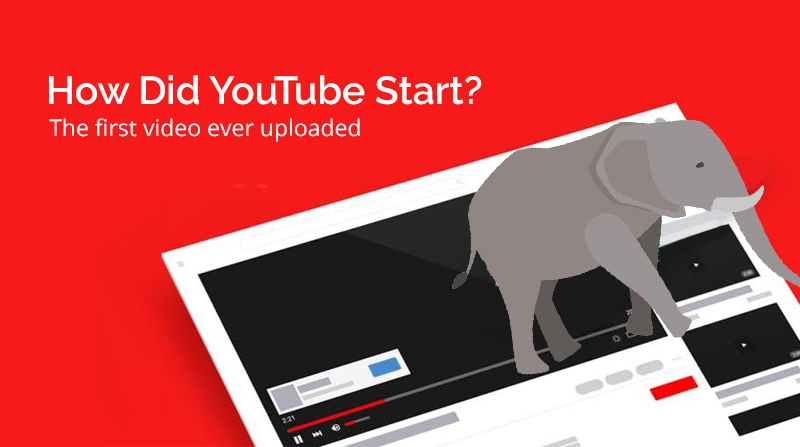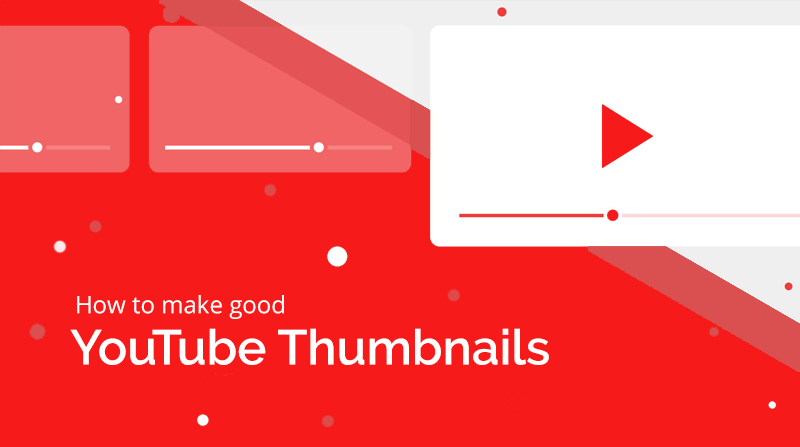In American culture, we love having options. We demand them in every facet of life. We equate choices with freedom, and for most people, the more the better. Our love for the power of selection is reflected in the number of decisions we make daily; the average American adult makes about 35,000 every day. With an exorbitant amount of choices, it’s only logical our decision-making process switches to autopilot, ignoring the power we crave. Up to 95% of our purchase decisions are directed by subconscious mental processes. Just how unpredictable are those intuitive decisions?
To marketers, marketing’s subconscious implications are increasingly critical. Neuromarketing can help. Neuromarketing is the use of brain activity technology to measure a subject’s response to specific products, packaging, advertising, or other marketing elements, according to Roger Dooley, creator of Neurensics, a neuromarketing research firm.
Once you understand how even seemingly arbitrary factors influence reactions within the subconscious mind, you’ll be able to maximize your impact. A quick decision can be made when an emotional response is triggered. Without emotion involved, an action is less likely to happen, at least not rapidly.
So, how do you as a marketer ensure you’re triggering the subconscious emotions of customers in a way that serves your company? Here are four key components to consider:
The Perfect Color
Color contextualizes content, directing our eye where to look while guiding us to what’s most important. It has the ability to command attention, tap into personal meaning, and affect one’s frame of mind. In fact, up to 90% of decisions about a product/brand are based on color alone. Helpful as they may be, colors can also become overwhelming as they involve processing, leading to negative feelings if your ad contains a lot of content and color. Welcome these emotional inclinations and use them in conjunction with your marketing.
To establish confidence and trust, the color blue connotes feelings of dependability, tranquility, and reliability and is often used by financial institutions for that very reason. To generate excitement and energy, red is powerful. It’s associated with passion and a sense of urgency, making it a fine choice for impulse buys or sales. However, research has found (registration required) it’s more important for color to “make sense” for the product it represents as opposed to merely aligning with typical associations.
Look Like Your Type
Kanye West once tweeted, “Sometimes I get emotional over fonts.” Out of context, it seems to be just another outlandish statement to roll your eyes at and think, “that’s so Kanye.” But in an MIT and Microsoft study, researchers found that well-designed typography actually improves your mood. When people are in a better mood, their propensity to take action increases.
Fonts communicate personality before the messages are read. The message you’d expect to read if written in Western-style font certainly differs from that of an ornate script. Consider your business’s image, the way you want it to be perceived, and what will resonate with your ideal audience. Take into account the timelessness of the font, as branding needs to be consistent over a number of years.

Know The Details
For insight into the importance of seemingly insignificant details, consider the broken window theory. Criminologists James Q. Wilson and George Kelling suggest that a broken window, or other visible signs of neglect, can give the impression that a neighborhood is uncared for. By addressing those issues, larger crimes would be prevented. Upon testing this was thought to be true — the operative at work was lack of accountability. People did not fear being held responsible in areas where broken windows weren’t repaired because they assumed no one was watching. Less vandalism was found in areas where the windows were promptly repaired, signaling someone was aware and concerned.
Likewise, small details about your business can signal that you care or don’t. Keep tabs on them, and you’ll be able to capitalize:
• All communication counts: This includes timeliness, the way you speak of clients/colleagues/team members, lead meetings, preparedness, office surroundings, grammar, clarity in emails along with email signature.
• Do what you say you’re going to do: Follow up, return calls, be on time, respond to emails.
• Always exceed expectations: Go above and beyond what your clients are expecting and deliver in a memorable way.
• Personalize experiences: Segment emails, implement remarketing ads based on custom conversions, ask for feedback.
• Team buy-in: Train your team and help them to understand the importance of supporting the meticulous quest of this marketing mission.
Identify every interaction, as subtle as they may be and ensure they are representing your business in the light you want it to be seen. As Vincent van Gogh is thought to have said, “Great things are not done by impulse, but by a series of small things brought together.”
Be Consistent
Few things have greater significance than trust when it comes to building relationships. By gaining the trust of your prospects, they are more likely to do business with you as it creates a positive emotive impression of your business. When trust is established your audience will be inclined to share your brand with others. One of the fastest ways to break trust with your audience is with inconsistency. If you suddenly stop posting on your Facebook page then restart months later, it acts as the B2C equivalent of ghosting; many have moved on. Inconsistency gives the subconscious impression you’re inconsistent in other areas as well such as quality, service, attention to detail and how you run your business.
A consistent experience across all touchpoints is a key driver of brand trust. By creating this, you’ll subconsciously instill your trustworthiness while also delivering a great service or product.
Go beyond superficial impressions and make your customers feel your message. Emotions are more influential than the most compelling words and logic. Marketing’s subconscious implications reach farther than often planned, but when they can be planned for they are powerful. Agencies can be empowered to take control of their image when they understand the subconscious implications, can create messages that seduce and subsequently, sell.


